30+ Swazi Traditional Attire For Woman Ideas – 2019
Swazi traditional attire has always been a source of pride and elegance for the Swazi people. The attire is unique in that it is very colorful and incorporates a variety of textures and patterns. It is also very comfortable and practical, allowing the wearer to move around freely.
The Swati traditional attire is typically worn for important occasions, such as weddings and funerals. It is also often worn by royalty and other dignitaries. In recent years, there has been a resurgence of interest in traditional Swazi attire, and it is now being worn by people of all ages.
The traditional attire of the Swazi people is a colorful and vibrant outfit that is worn by both men and women.
Swati Traditional Attire for woman
One of the most captivating aspects of Eswatini’s culture is its Swati traditional attire for woman, which reflects the nation’s history, values, and artistic prowess. This article delves into the intricate details of Swati traditional attire for woman, exploring its significance, components, and evolution.
The women’s attire consists of a long, colorful dress called a “bodice” that is worn over a white blouse. Both the men’s and women’s attire are topped off with a brightly colored headdress.
Historical Background
Swati traditional attire for woman, also known as “Lihiya,” has a deep-rooted history that dates back centuries. It has evolved over time, blending influences from various African cultures while remaining distinctively Swati. The attire reflects the pride, identity, and cultural heritage of the Swazi people.
Significance of Swati Traditional Attire
Swati traditional attire for woman holds immense significance in the lives of Swazi women. It is worn on various occasions, such as weddings, festivals, ceremonies, and other cultural events. The attire serves several important functions:
-
Cultural Identity: Swati traditional attire for woman is a visual representation of Swazi identity. It distinguishes Swazi women from other ethnic groups and emphasizes their connection to their cultural roots.
-
Celebration of Heritage: Wearing traditional attire is a way of celebrating and preserving Swati cultural heritage. It carries the legacy of past generations into the present and future.
-
Rites of Passage: The Swati traditional attire for woman plays a vital role in various rites of passage, including coming-of-age ceremonies, marriage, and funerals. Each stage of a woman’s life is marked by distinct clothing.
Components of Swati Traditional Attire
Swati traditional attire for women is a symphony of colors, fabrics, and accessories. It consists of several components, each with its unique characteristics:
-
Lihiya (Top): The Lihiya is a brightly colored, rectangular cloth draped over the shoulders and fastened at the chest. It is often made from vibrant Shweshwe fabric or other colorful textiles. The Lihiya may be embellished with intricate beadwork or embroidery.
-
Emahiya (Wrapper): The Emahiya is a wraparound skirt made from woven or printed fabric. It is typically knee-length and adorned with various patterns and motifs. The choice of fabric and design can vary depending on the occasion.
-
Tinkhamba (Sash): A Tinkhamba is a wide belt or sash worn around the waist to hold the Emahiya in place. It adds an extra layer of color and design to the overall ensemble.
-
Incwala Beads: Swazi women often wear beaded jewelry, including necklaces, bracelets, and anklets. Beads are intricately crafted and come in a wide range of colors and patterns. These beads are symbolic and are passed down through generations.
-
Sishweshwe Headwrap: Many Swazi women complement their Swati traditional attire for woman with a Sishweshwe headwrap. The headwrap is skillfully tied and can feature various styles, including turbans or simple wraps.
-
Reed Mats (Imbenge): For special occasions like weddings, women may carry a Reed mat as a symbol of their commitment and responsibility to the household. It is a practical accessory, used as a seat or floor covering.
Evolution and Modern Influences
Swati traditional attire has evolved over time, influenced by both historical changes and modern trends. While maintaining its cultural significance, Swazi women have incorporated modern fabrics and designs into their attire. Today, you may see Lihiya and Emahiya made from a combination of traditional and contemporary materials, showcasing a dynamic blend of heritage and style.
30+ Swazi Traditional Attire For Woman Ideas.
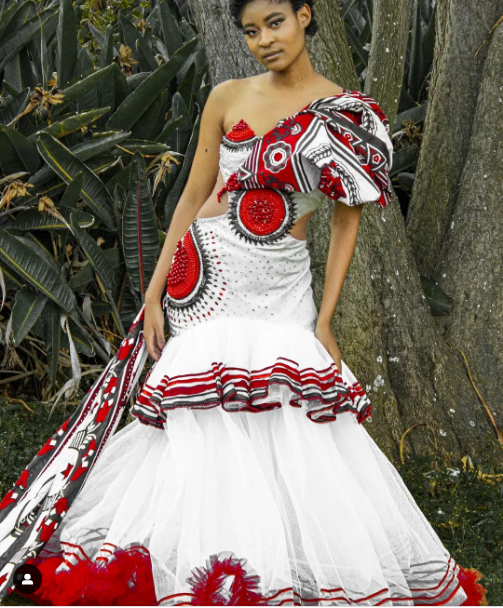

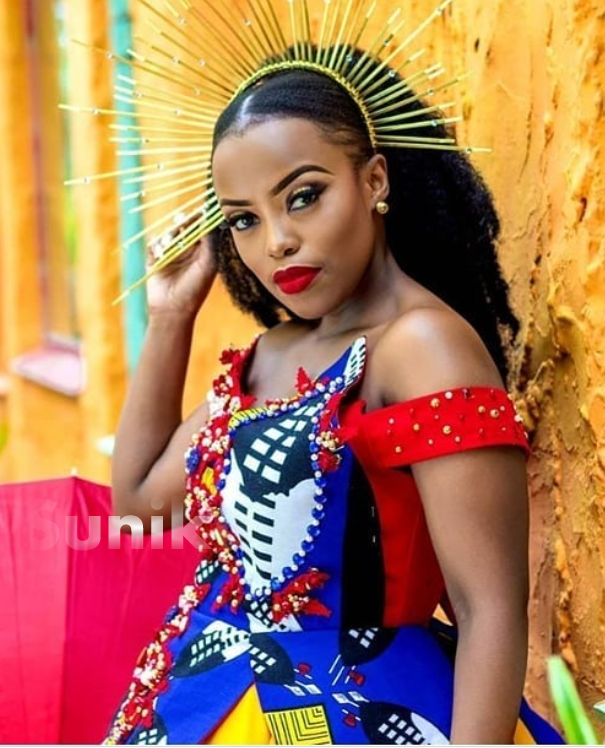


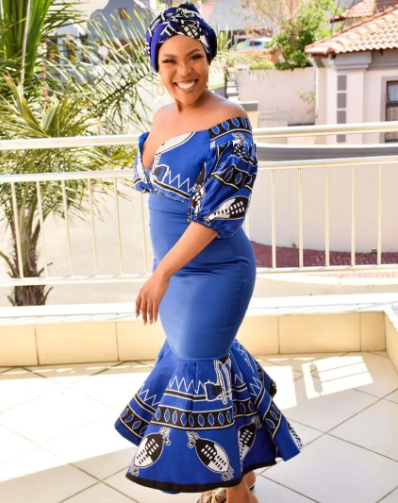
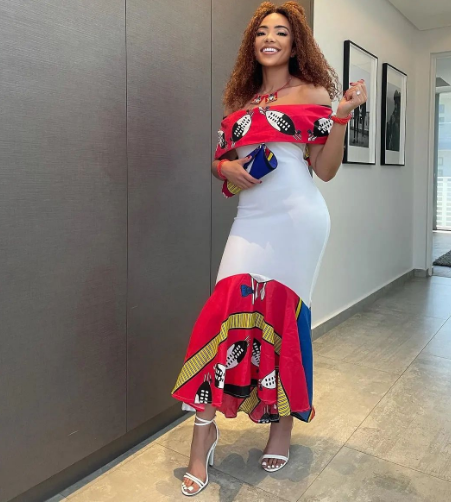

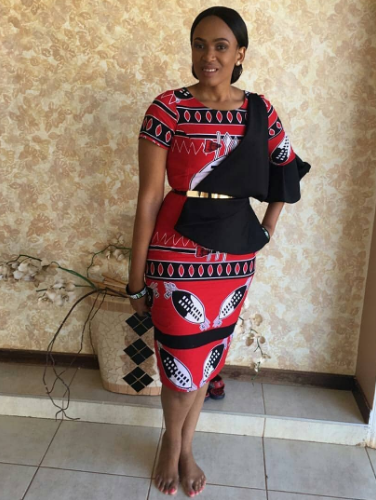
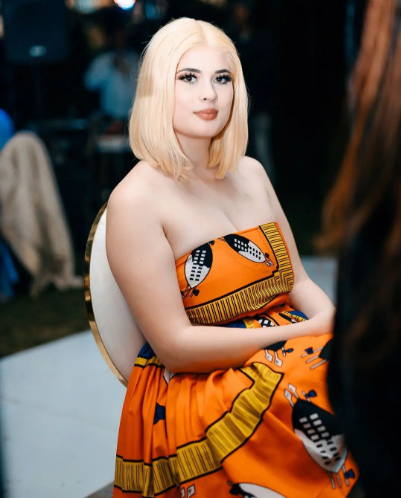

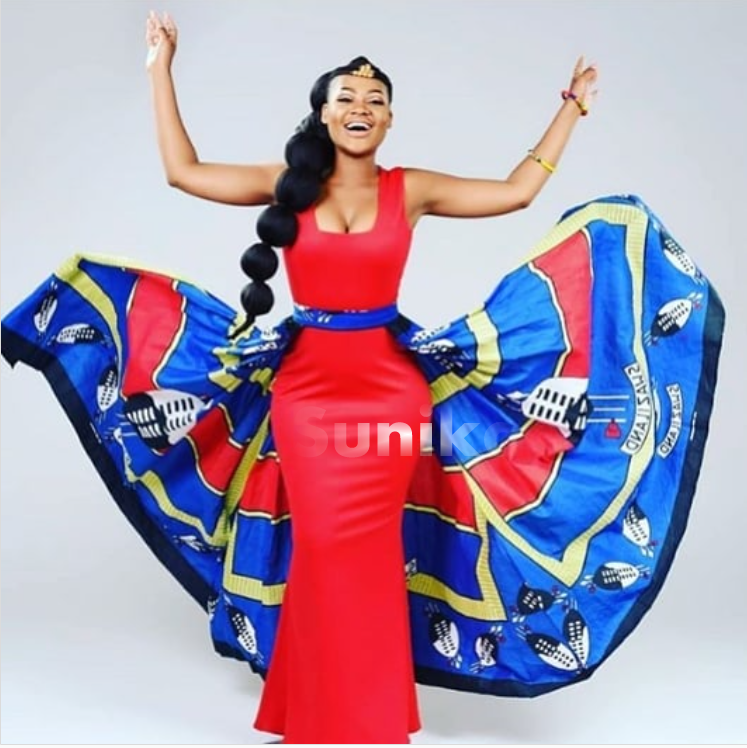
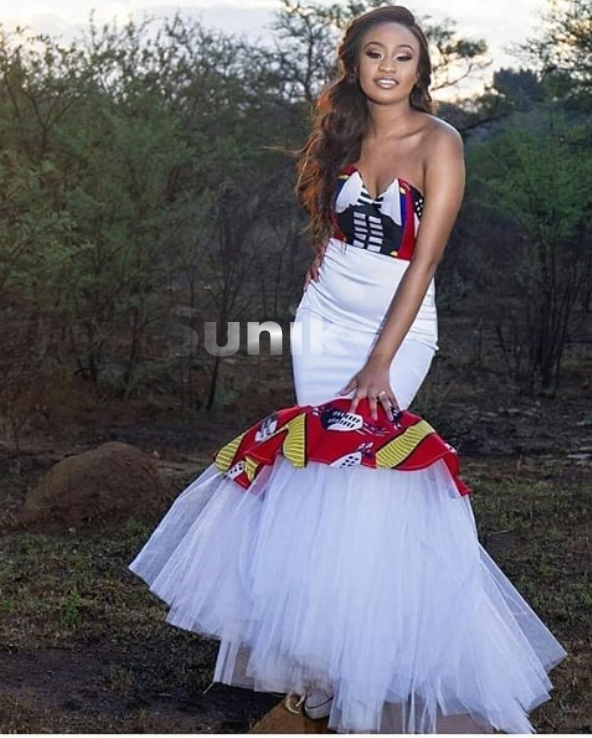
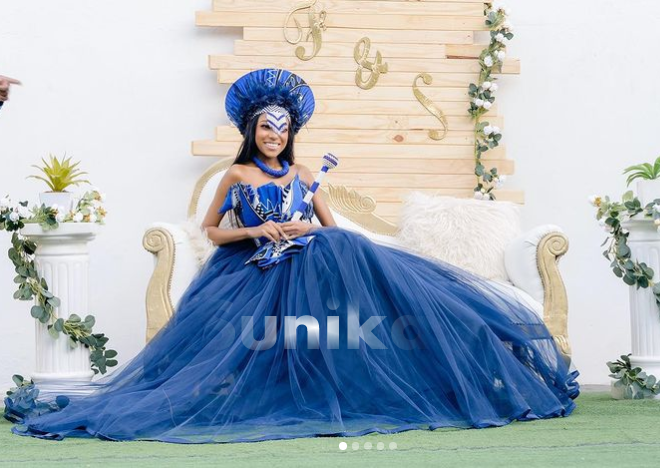
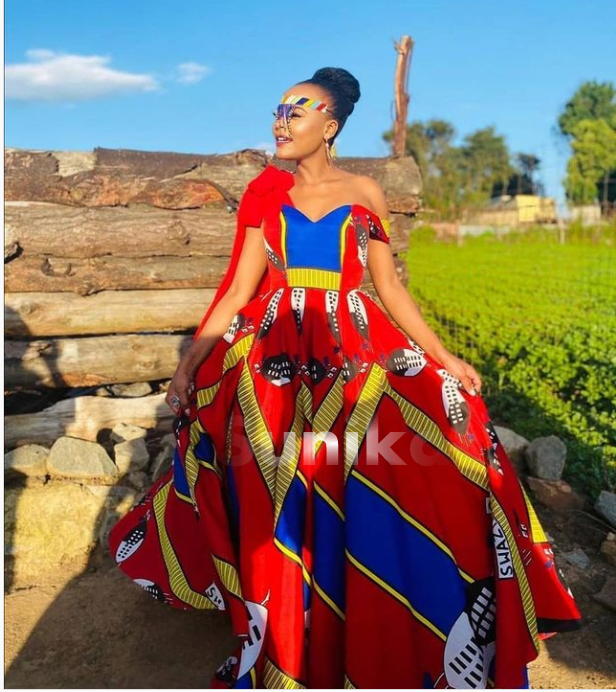

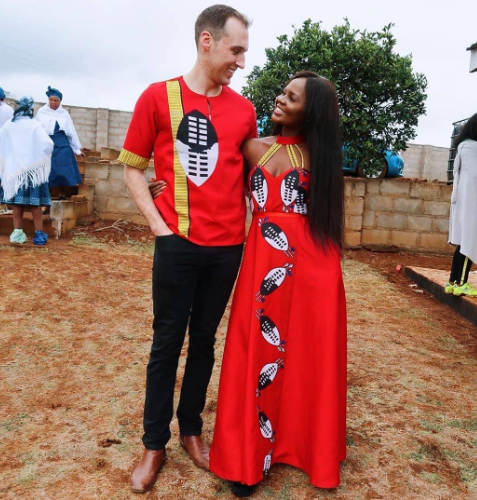

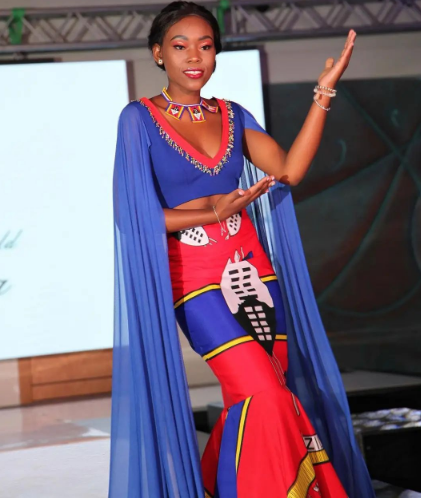
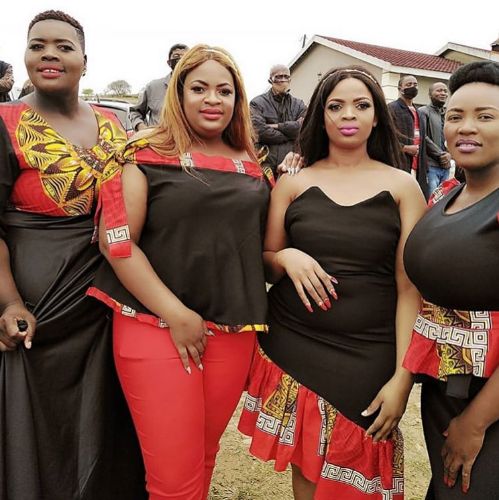

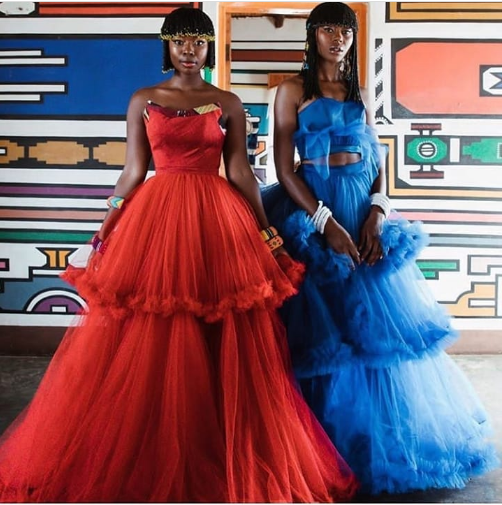

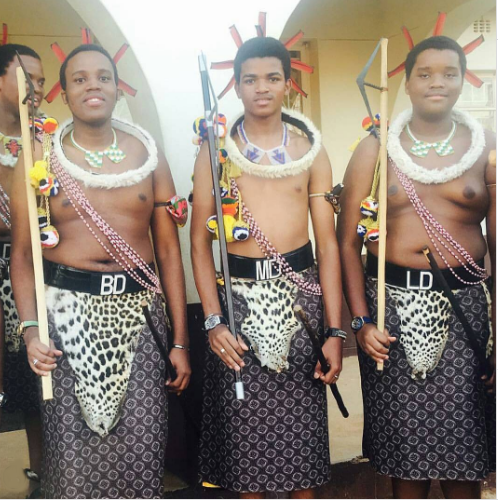

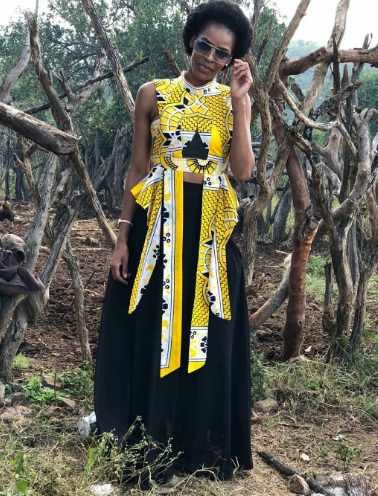

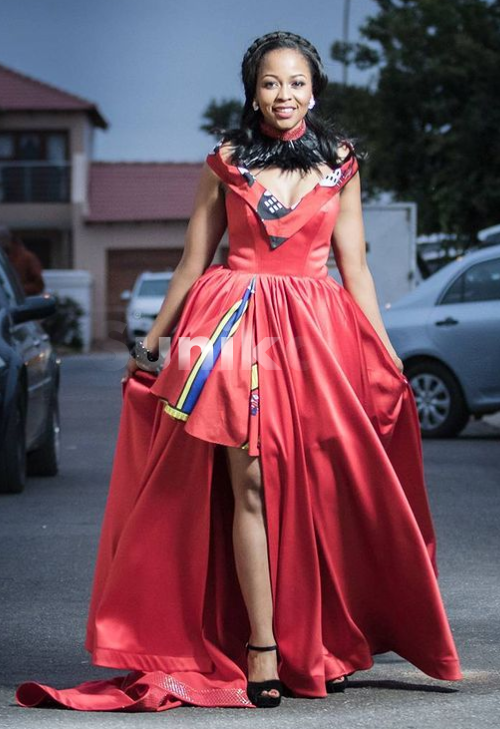

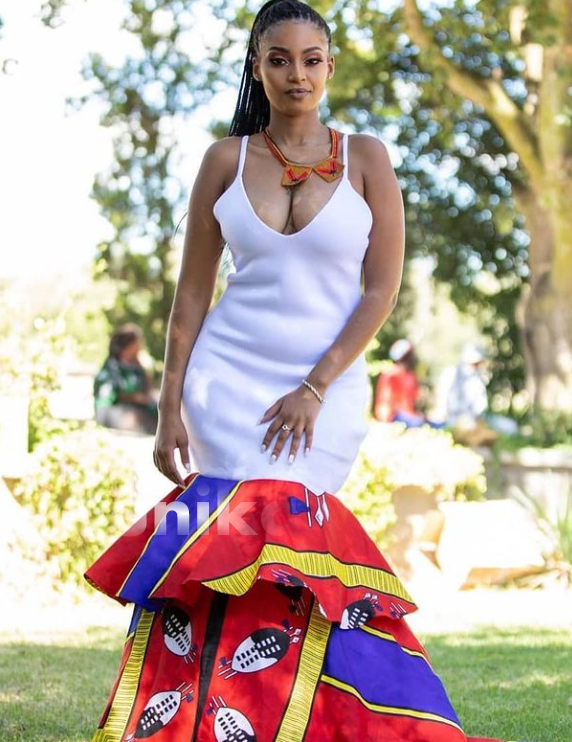
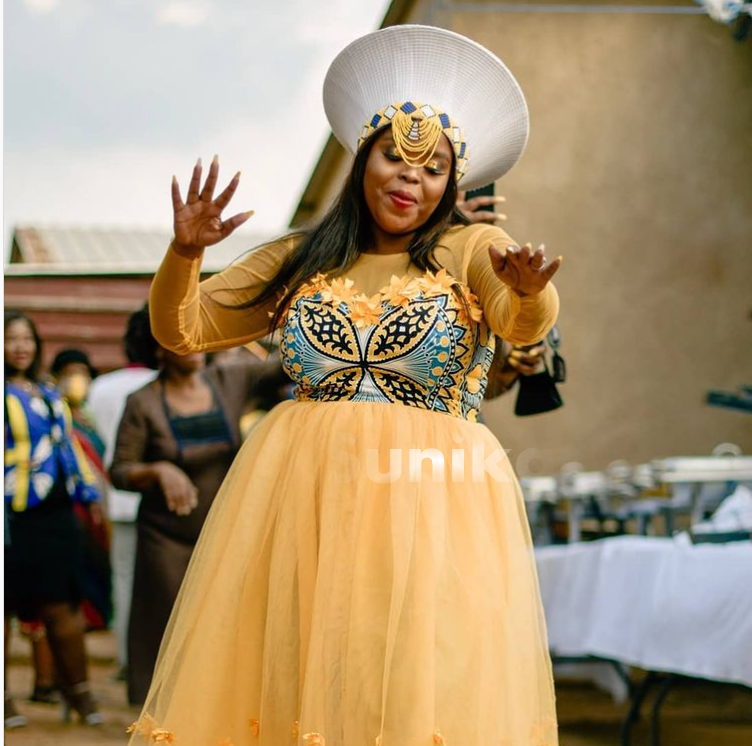

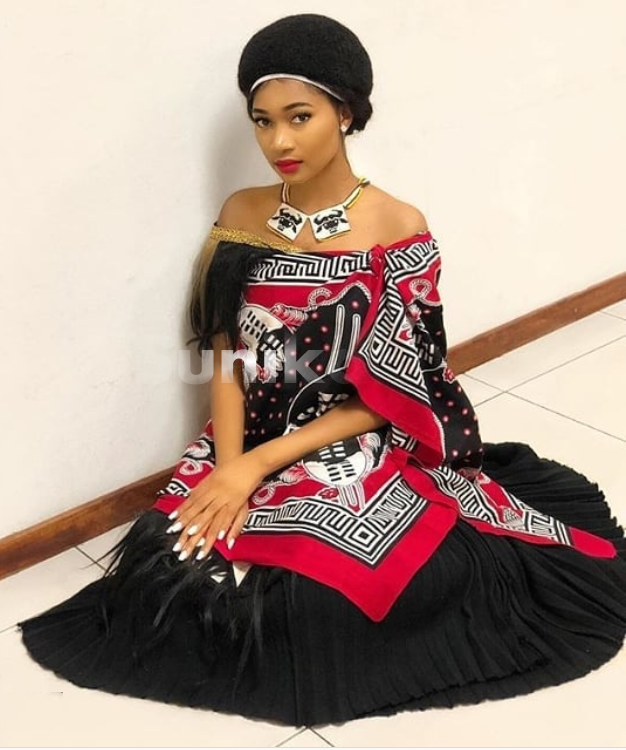
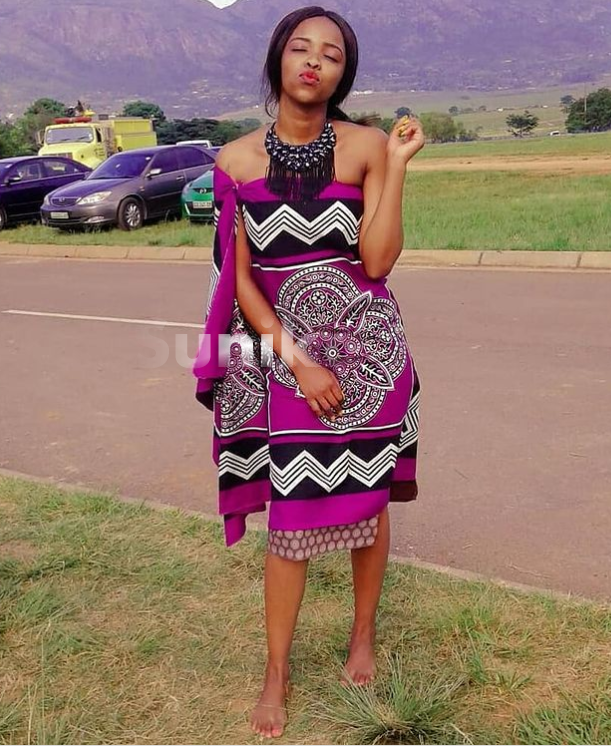

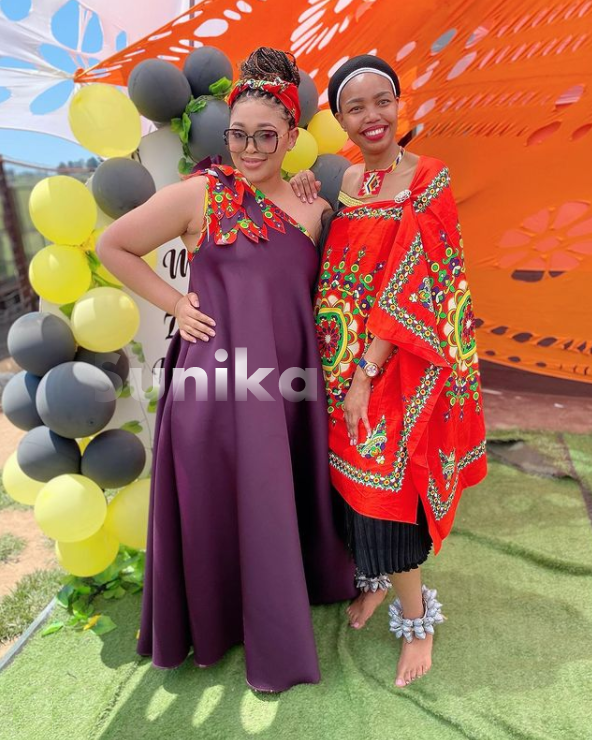
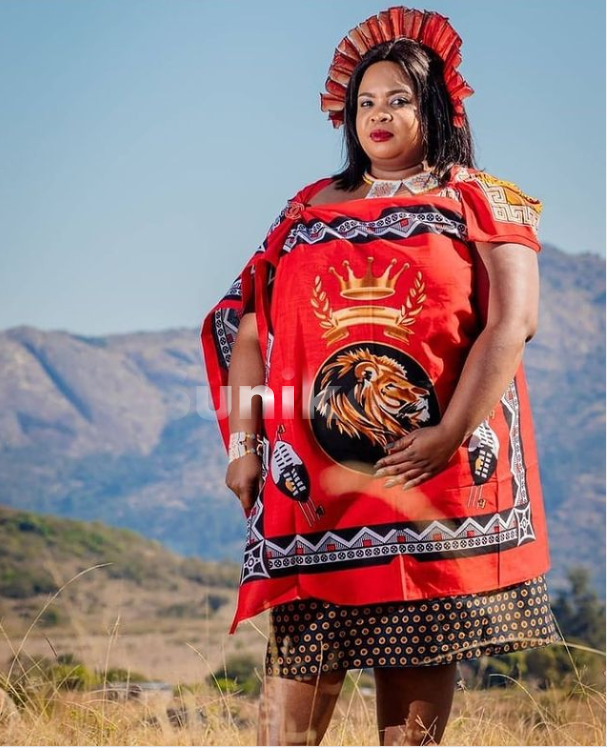
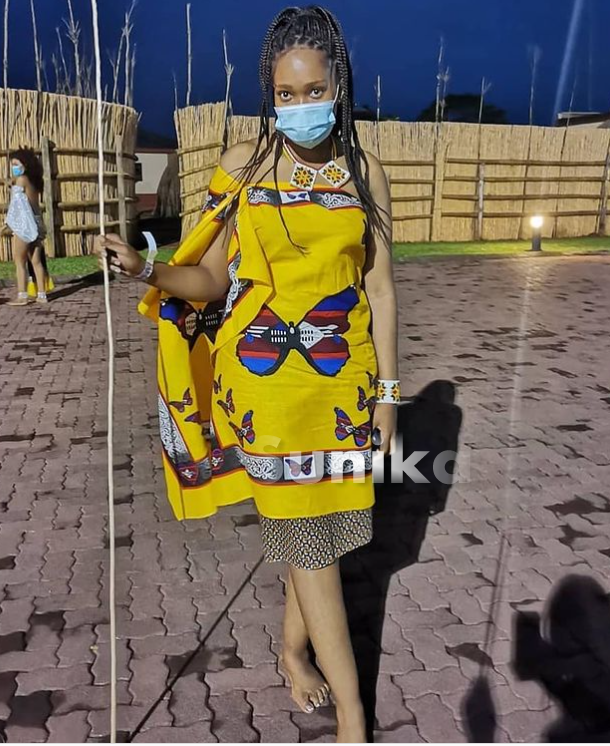
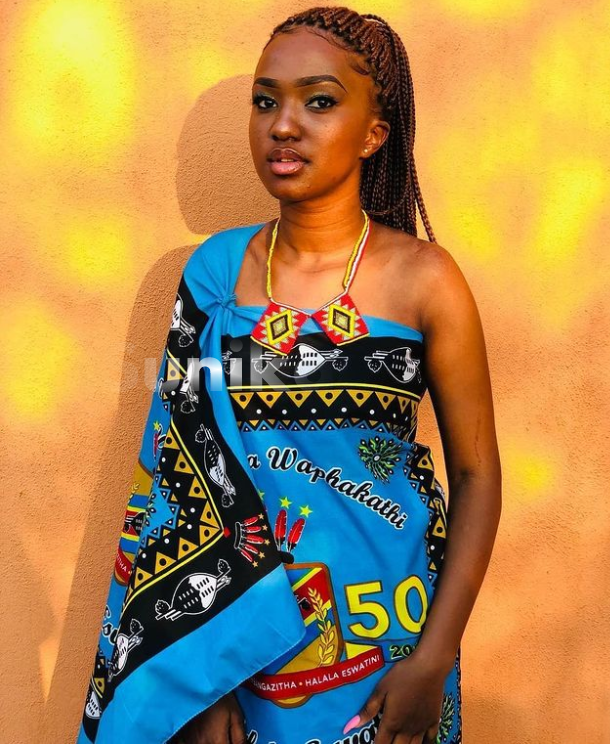
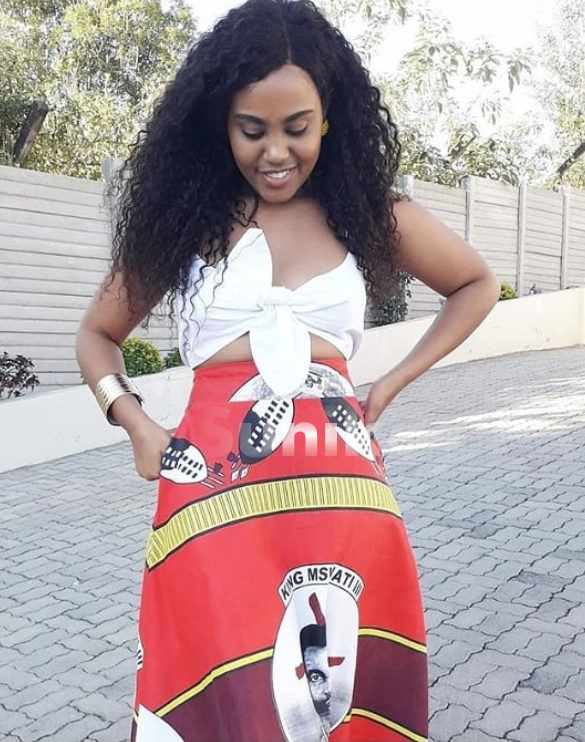


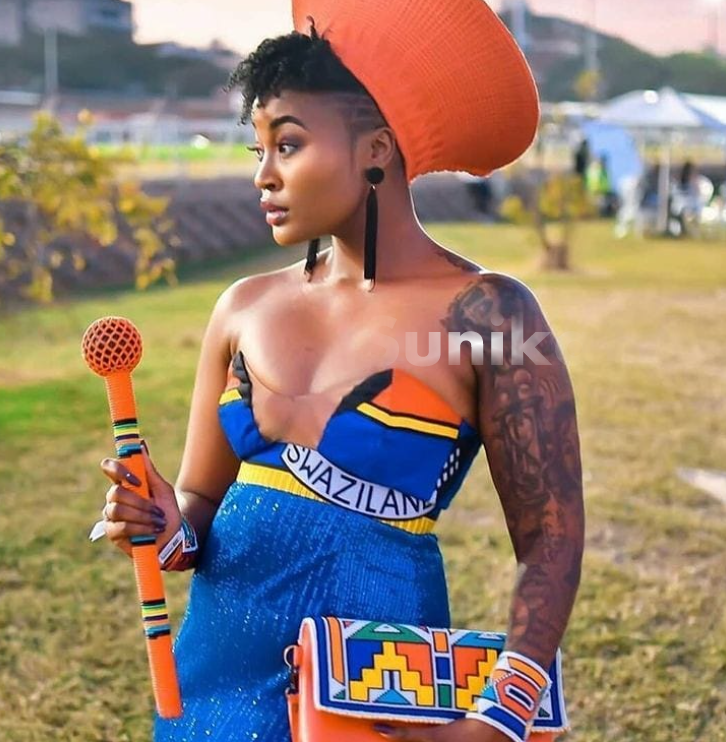
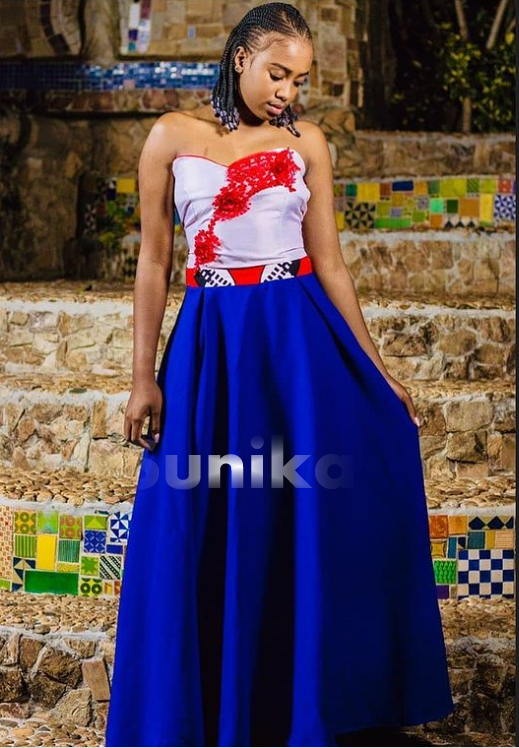
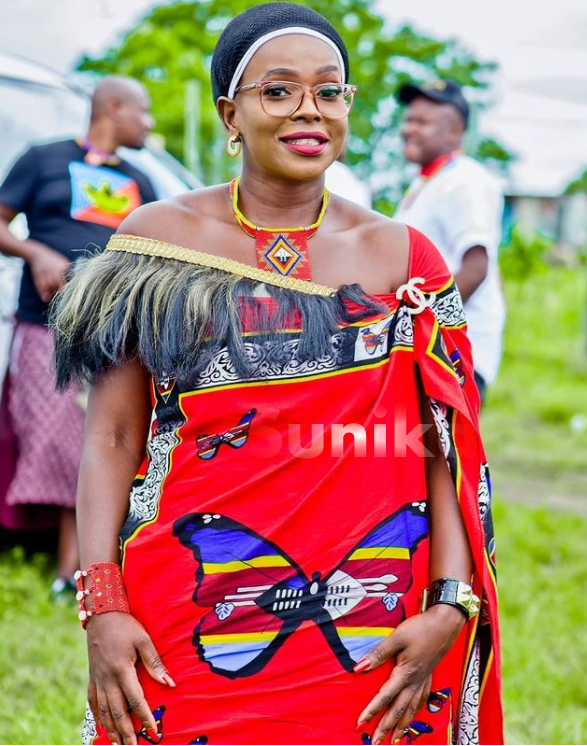

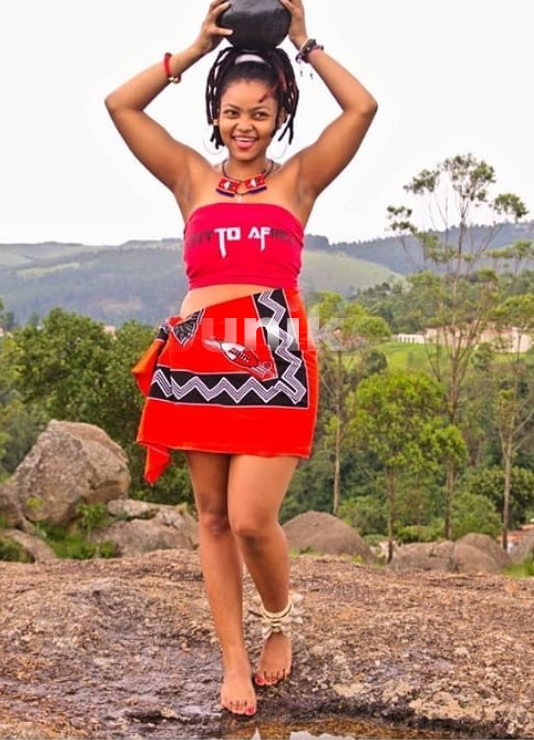
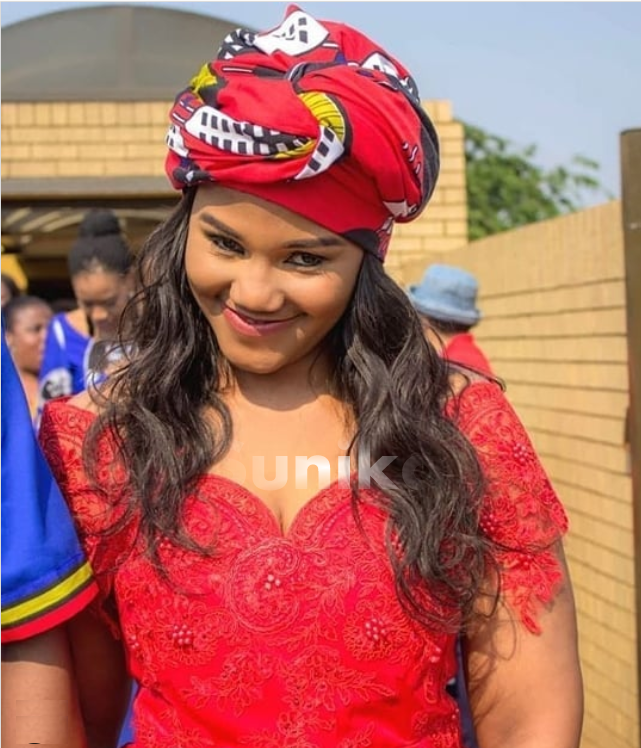

Conclusion
Swati traditional attire for women, with its vibrant colors, intricate beadwork, and rich symbolism, is a captivating aspect of Eswatini’s cultural heritage. It embodies the pride, identity, and history of the Swazi people and plays a vital role in marking significant life events. As it continues to evolve, this attire remains a source of cultural pride and a beautiful expression of Swazi heritage, inviting admiration and fascination from people around the world.
